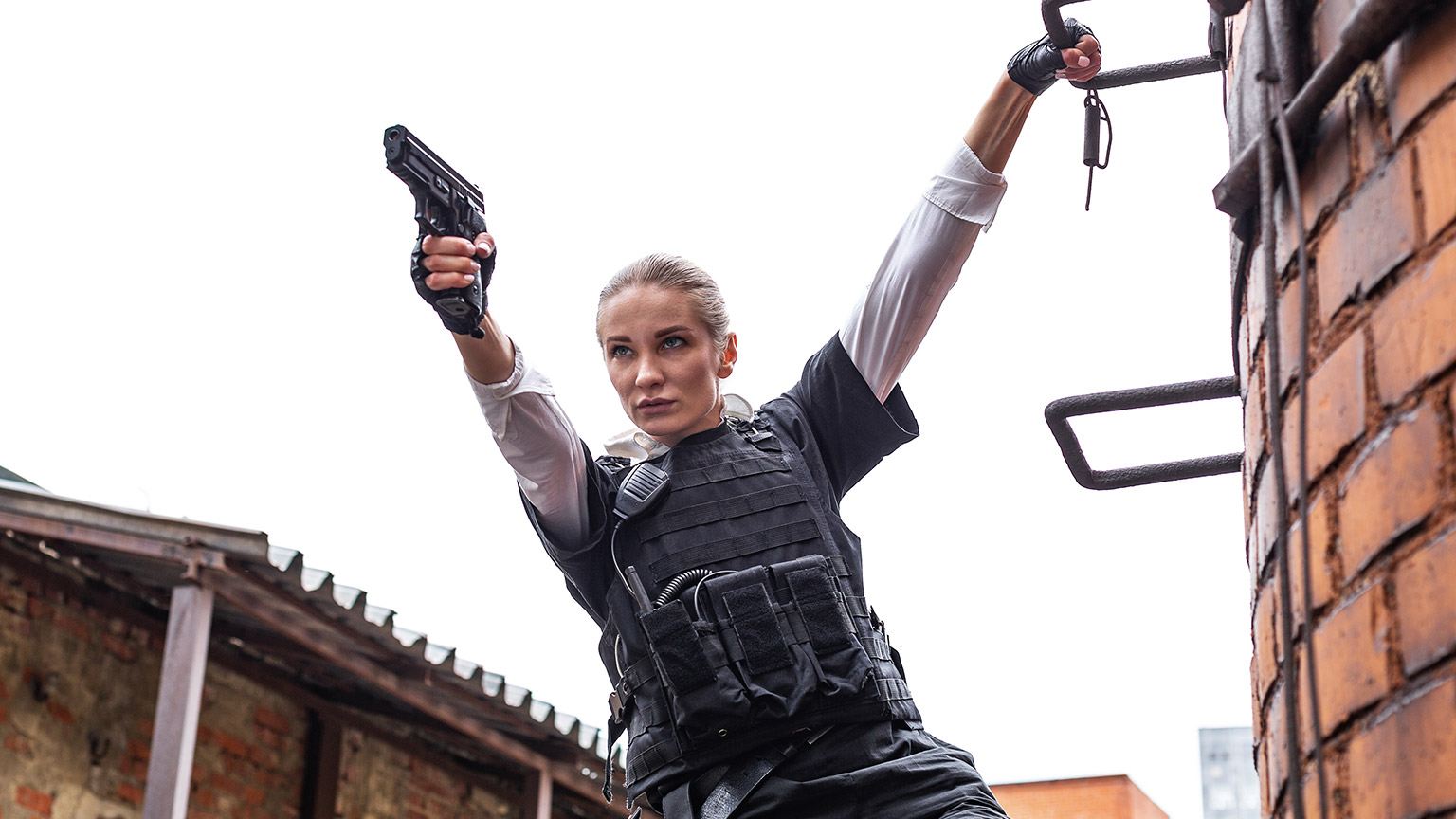The film and television industry is a unique business and, as such, presents unique health and safety hazards.
Professional film crews take health and safety concerns seriously. If an accident were to occur within a film set, it could result in more than a retake - it can lead to huge dollars lost and downtime. It can also cause physical damage to any actors and film crew members.
In New Zealand, we refer to the ScreenSafe website for guidance and more information.
The responsibilities of ensuring health and safety measures are adhered to involve the:
- Producer
- Production Manager
- 1st Assistant Director
- Crew members.
If any of the crew members see a potential accident and nothing is done to prevent it, accidents may occur, and they may be personally liable.
Imagine if health and safety aren’t considered when filming. Things can become rushed, risks increase, and even simple activities can become dangerous.
If the director has asked an actor to run down a hill numerous times to capture a specific moment and safety hasn’t been considered, the actor may trip and injure themselves, potentially costing production millions of dollars and time in delay.
Other examples may include having a professional stunt performer jump off a cliff or crash a car. Not only can they be a risk to themselves, they can also create harm for others around them.
There was an accident on the 2021 movie set of Rust that resulted in someone being killed by a 'prop' gun (a real gun used as a prop) shot by the actor Alec Baldwin. Investigations show that safety measures were not followed and raised questions about how to increase safety measures, particularly around firearms.
There is a multitude of other hazards to be found at motion picture and television sets and locations. It is the producer's and crew members' role to ensure all hazards are managed and risks are eliminated or managed.
Examples of common hazards:
- Chemical and safety hazards during preproduction
- Ordinary fire hazards (flammable material, exposed lights)
- Special effects
- Trip hazards: cables, tripods, equipment
- Grip & electric: lights, rigs and generators
- Stage and set dressing: hazardous objects
Examples of location hazards:
- Weather: too hot, too cold, sunny, windy or wet
- Traffic: incoming cars, bikes, trucks, movement of large equipment and sets
- People: a passer-by, a curious crowd
- Slippery surfaces: puddles, mud
- Medical concerns: allergies, insect bites and heat stroke
General safety rules:
- Think it through - how can this go wrong?
- Take care of yourself and your fellow crew members.
- As soon as you arrive on set, read the call sheet and be present at the safety meeting.
- If you spot an issue, solve it right away! If you can’t solve it, find someone who can.
- If it does not belong to your department, don’t touch it!
- Keep communication open with walkie-talkies.
- Know your responsibilities.
- Know your exits.
- Stay hydrated.
- When outside, keep your sunscreen and hi-vis vest on.
- If you are not well, let your first assistant director (1st AD) know.
- Stick to the hierarchy.
- Know who the 1st AD and the Safety Officer are.
The way to stay safe is to look at each shooting set-up or location individually and think of what exactly could go wrong. Scan the environment, identify any hazards and implement processes to eliminate or minimise the risks presented. This is called a 'risk assessment'.
The process includes:
| Go to the ScreenSafe website now and look around. Bookmark it so you have it at your fingertips when planning for filming. The guidelines and downloads area has a lot of great information. |  |
Now that you have learned more about keeping everyone on your set safe, answer these questions to help consolidate your learning. To complete this activity, just scroll up to refresh your memory of these vital four steps to keep everyone on set safe.
Hopefully, by now, you can appreciate the hazards that need to be considered during the planning phase of shooting. This means long before any cameras have started rolling and back when shot lists and locations are being determined. Remember that film shoots are workplaces and as such are required to be able to show documentation that the shoot complies with health and safety issues.
To help you with this, we've provided you with a Safe Practices editable PDF worksheet. Download and unzip (extract) it to use when planning any shoots for this course or otherwise. A completed version must be submitted with your summative assessment for this Film course. After it is extracted, open the PDF in your web browser, and select the Edit button on the top left to use the template.
